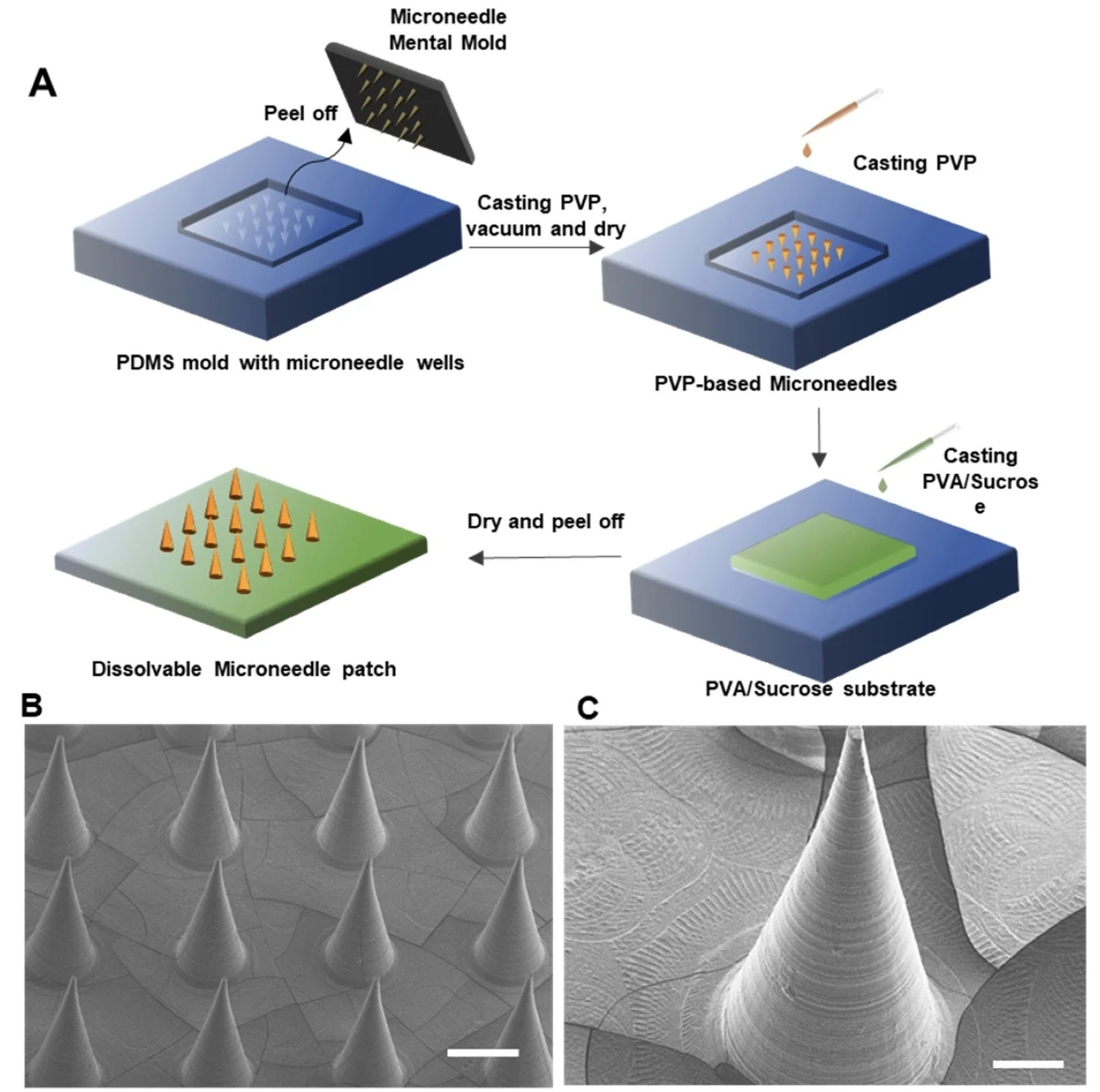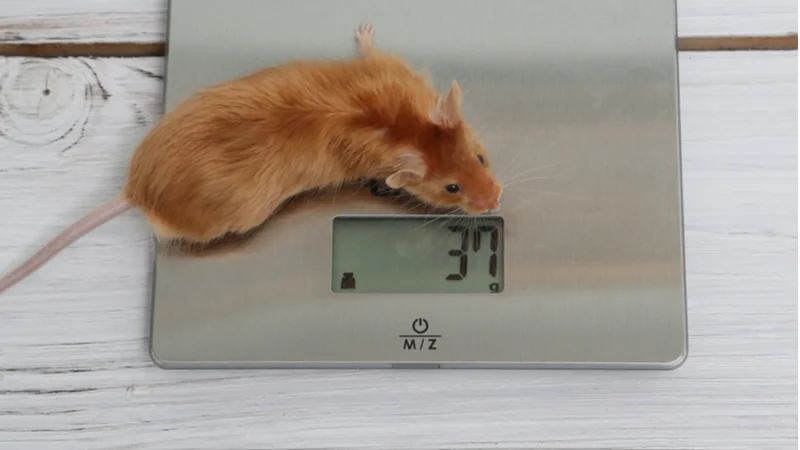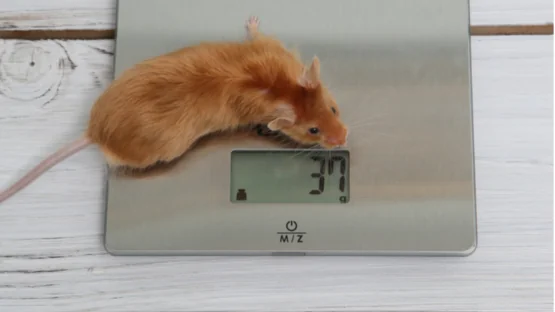Scientists have successfully regrown hair in a mouse model of hair loss using custom-made plastic microneedles loaded with rapamycin and epigallocatechin gallate (EGCG), an active ingredient in green tea [1].
A hairy problem
While not life-threatening or debilitating, age-related hair loss (senescent alopecia) is one of the most conspicuous and hated manifestations of aging. As such, it attracts a lot of attention from geroscientists. However, it’s not just about looks: understanding the mechanisms of senescent alopecia and ways to reverse it can provide insights into other aspects of aging.
The mechanisms of hair loss are complicated, but in a nutshell, follicles produce hair in a cyclic fashion, with the two main phases being anagen (the active growth phase), and telogen, the resting phase when hair does not grow but can shed. As more hair follicles go into the resting phase, hair gets thinner.
Although some mildly effective therapies for hair loss already exist, most of them require topical application, and their effectiveness is limited by the stratum corneum, the skin’s hard-to-penetrate outer layer. Another option is follicle transplantation, but high costs restrict its availability.
Strong and soluble
In this new study, the researchers used an emerging microneedle technology to deliver drugs directly to the inner layers of the skin, bypassing the stratum corneum altogether. Cone-like microneedles were formed in molds from biocompatible and water-soluble plastic polyvinylpyrrolidone (PVP). The needles were then loaded with nanoparticles containing rapamycin and/or EGCG.

Rapamycin, one of the most promising geroprotective drugs that was originally used as an immunosuppressant in transplantation patients, is now being tested for many uses, including hair regeneration. One study found that not only does rapamycin stimulate hair regrowth, it can also partially reverse hair graying [2]. EGCG is a polyphenol found in green tea and a potent antioxidant that has shown effectiveness against various conditions, including androgenic alopecia [3].
The scientists used C57BL/6J mice (also known simply as B6 mice), the most common inbred strain used in medical research. Incidentally, these mice are also a great model for alopecia studies, because they enter a prolonged telogen phase by six weeks of age. When shaved, such mice hardly regrow any hair, unless the experimental drug restarts the hair cycle, which would be the desired outcome.
More effective than topical application
The researchers divided the mice into several study and control groups with various combinations of dosage and drugs. The controls included untreated mice as well as mice treated with the same drugs, except topically and in various concentrations.
The microneedles, just 680 μm in height, were attached to patches that were then applied to the shaved parts of the mice’s bodies using pressure. The patches were removed after two hours, while the needles remained in place and slowly dissolved, releasing the drugs. The nanoparticles’ design slowed the release even further, ensuring sustained action. The researchers detected no inflammatory reaction to the penetration by microneedles, further proving the technique’s safety.
The researchers found the microneedle-based treatment substantially more effective than topical application, even though in the second case, much higher doses were used. Rapamycin groups demonstrated more rapid hair growth, while EGCG groups had higher follicle density. Consequently, the best results were achieved with a combination of rapamycin and EGCG.
The results were dose-dependent, with moderate doses of rapamycin being the most effective. By day 15 of the experiment, the mice on a rapamycin and EGCG combination had their thick black fur restored almost completely, while untreated controls hardly showed any hair growth at all. The researchers also confirmed that the treatment resulted in increased autophagy in follicular regions (promoting autophagy is currently thought to be rapamycin’s central mechanism of action).
In summary, a dissolvable PVP-based microneedle patch was prepared for the codelivery of RAPA and EGCG nanoparticles. Microneedles were constructed with high mechanical properties to break the barrier of the stratum corneum via punctuation and then dissolve rapidly, transporting RAPA and EGCG nanoparticles to the hair follicle niche. In vivo experiments demonstrated that the DMN can significantly improve hair regrowth with biocompatibility. Our findings indicate that it is expected to be utilized as a potential candidate to address hair loss in a minimally invasive manner.
Conclusion
This study pioneers an ingenious use of soluble plastic microneedles and nanoparticles to deliver drugs that promote hair regeneration directly into the inner skin layers. It also reiterates the potential health benefits of two molecules popular in the longevity field: rapamycin and EGCG. Microneedle-based drug delivery, of course, is not limited to hair regeneration, and it can be used for treating various other skin conditions.
Literature
[1] Lin, Y., Shao, R., Xiao, T., & Sun, S. (2022). Promotion of Hair Regrowth by Transdermal Dissolvable Microneedles Loaded with Rapamycin and Epigallocatechin Gallate Nanoparticles. Pharmaceutics, 14(7), 1404.
[2] Cheret, J., Suzuki, T., Scala, F., O’Sullivan, J., Nicu, C., Gherardini, J., … & Paus, R. (2021). 602 mTORC1 activity controls human scalp hair follicle pigmentation and growth. Journal of Investigative Dermatology, 141(5), S104.
[3] Shin, S., Kim, K., Lee, M. J., Lee, J., Choi, S., Kim, K. S., … & Cha, H. J. (2016). Epigallocatechin gallate-mediated alteration of the MicroRNA expression profile in 5α-dihydrotestosterone-treated human dermal papilla cells. Annals of Dermatology, 28(3), 327-334.




